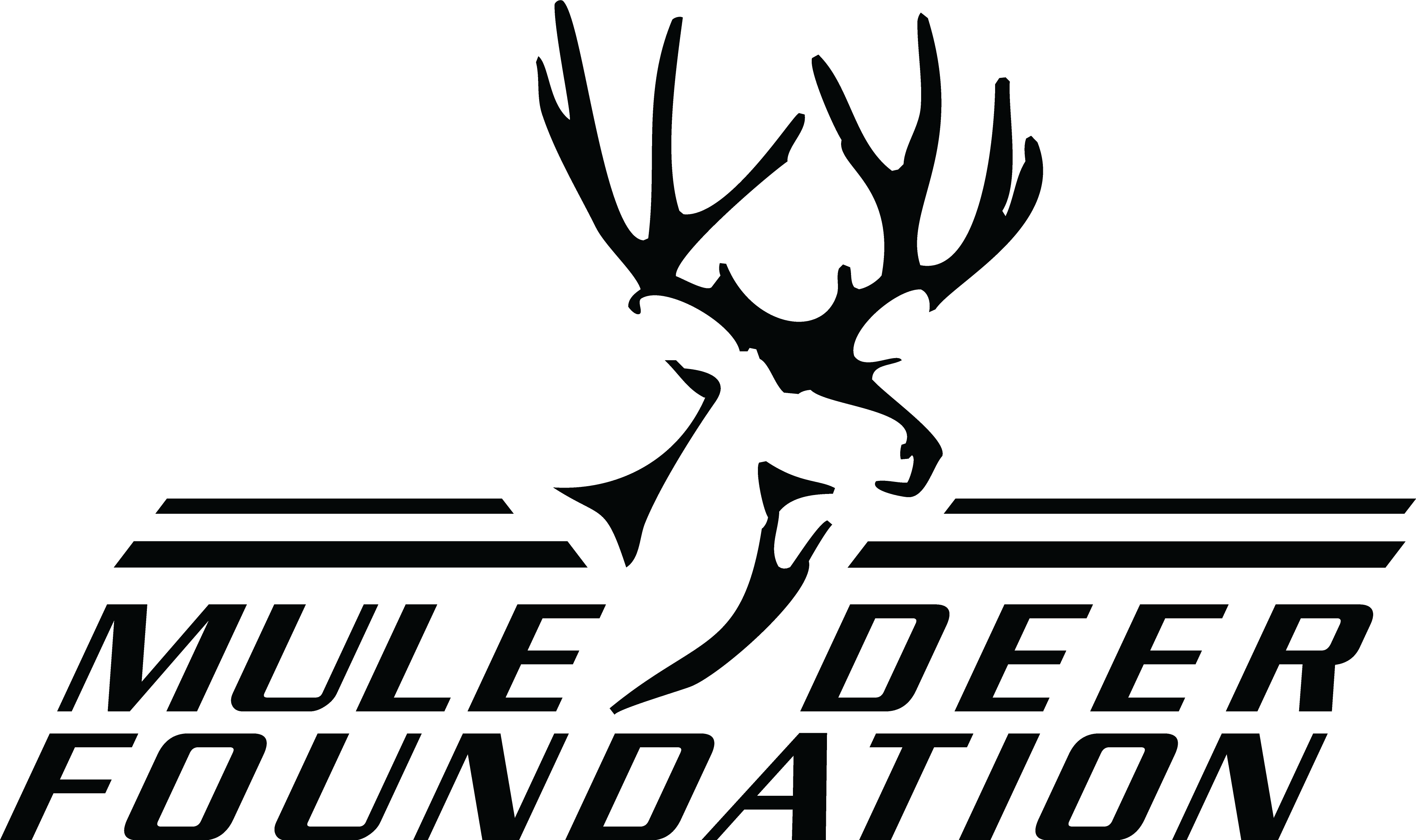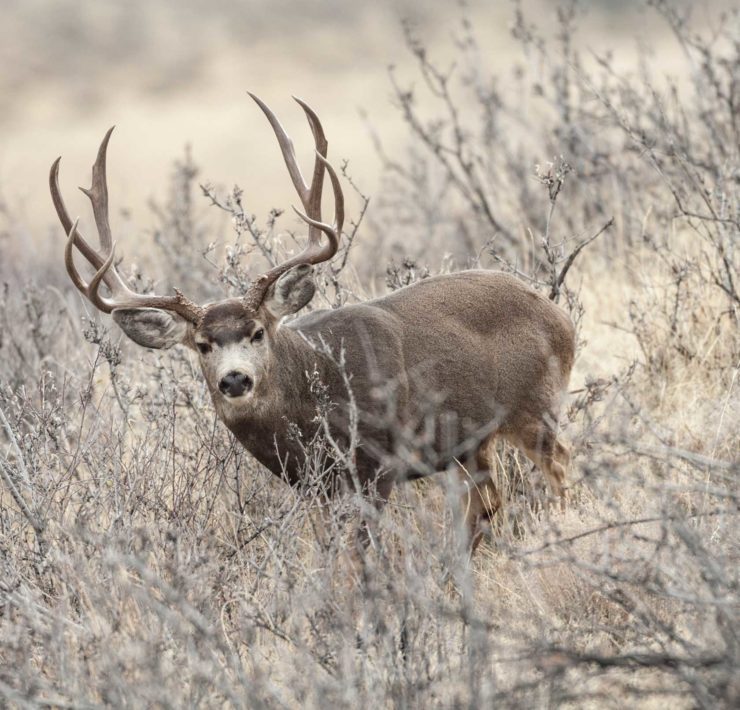Why Migration Corridors Matter for Hunters

By: Cody Fongemie
There’s something about standing on a ridgeline in the last light of day, glassing the folds of the country below, knowing that somewhere out there is a buck working his way down through age-old routes etched into the land by instinct and survival. The path he follows is most likely centuries old, passed down through the generations of mule deer. The route he is following is what is known as a migration corridor, and these corridors are more than just travel paths. They’re lifelines. And they’re disappearing at an alarming rate.
Mule Deer Move, and We Follow
Mule deer are built for the long haul. Unlike whitetails, which tend to stick tight to their core area, mule deer migrate. Some herds move more than 100 miles between their summer and winter ranges, tracking the ‘green-up’ (the period when plants start to grow and provide fresh forage) and avoiding deep snow. They’ve been doing it for thousands of years, often using the same trails season after season.
This movement allows them to access better forage, safer fawning grounds, and critical winter shelter. In turn, it creates the conditions for healthy populations and quality hunting opportunities. The problem? These routes were never designed with modern sprawl in mind.
Death by a Thousand Cuts
Across the West, these corridors are becoming increasingly congested. Subdivisions push further into the mule deer range: fences, roads, and oil pads fragment open country. Even well-meaning infrastructure, such as highways, can become deadly barriers. In some places, bucks are left stranded in marginal habitat, unable to complete their migration. Fawns are born weaker. Herds shrink.
A prime example is the Sublette herd in western Wyoming. Following major energy development in their corridor, studies revealed a 36% decline in population. Not because of overhunting. Not because of predators. But because they couldn’t move.
What It Means for Hunters
If you’ve noticed fewer deer in your favorite basin, fewer tracks in the snow come late season, or fewer mature bucks slipping through the timber, this could be why. Corridor loss isn’t flashy, but it’s foundational. If we want to keep chasing mule deer every fall, we’ve got to make sure they can keep moving freely.
Healthy migrations lead to healthy herds. And healthy herds mean better hunts—not just this season, but for the next generation, too.
The Power of GPS and New Tools
The good news is we’re finally learning how to track and protect these movements. With GPS collars, biologists can now map out migration routes down to the ridge. States like Wyoming, Colorado, and New Mexico have begun designating and even protecting high-use corridors. Wildlife overpasses and redesigns of fencing are emerging. The science is there. Now, the support needs to follow.
As hunters, we’ve got a seat at the table. We’re out there. We see the changes. And more than anyone else, we have a reason to speak up. Supporting migration corridor conservation isn’t some far-off idea; it’s a direct way to protect the hunt, the experience, and the connection we feel to these animals. It’s easy to think these corridors will always be there. But they won’t be unless we fight for them.
The Future Walks These Trails
Next time you’re out glassing a high meadow or following tracks through knee-deep snow, think about how that buck got there. What crossings he had to survive. What ridges he had to crest. And ask yourself what we can do to ensure he and those who come after him continue walking those same ancient paths? Because if those corridors disappear, so does the hunt.
Good Luck!
Remember to send any success pictures or stories from the field to [email protected]. You could be featured on our website or in our magazine. If this article or any of our articles have helped you become a better hunter or conservation steward, become a member of the Mule Deer Foundation or Blacktail Deer Foundation for only $35 dollars a year. Click here to join: https://muledeer.org/product-category/membership/

Cody Fongemie @Fongeinthefield
Born and raised in New England, Cody developed a deep appreciation for American history and adventure from a young age. His love for the outdoors led him to become both an avid outdoorsman and a dedicated writer on related topics. After studying in South Carolina, he enlisted in the Air Force, where he is currently serving. Outside of his military duties, Cody enjoys hunting, fly fishing, and sharing his experiences through his writing. He also works to connect the military community with the outdoors through non-profit initiatives.





